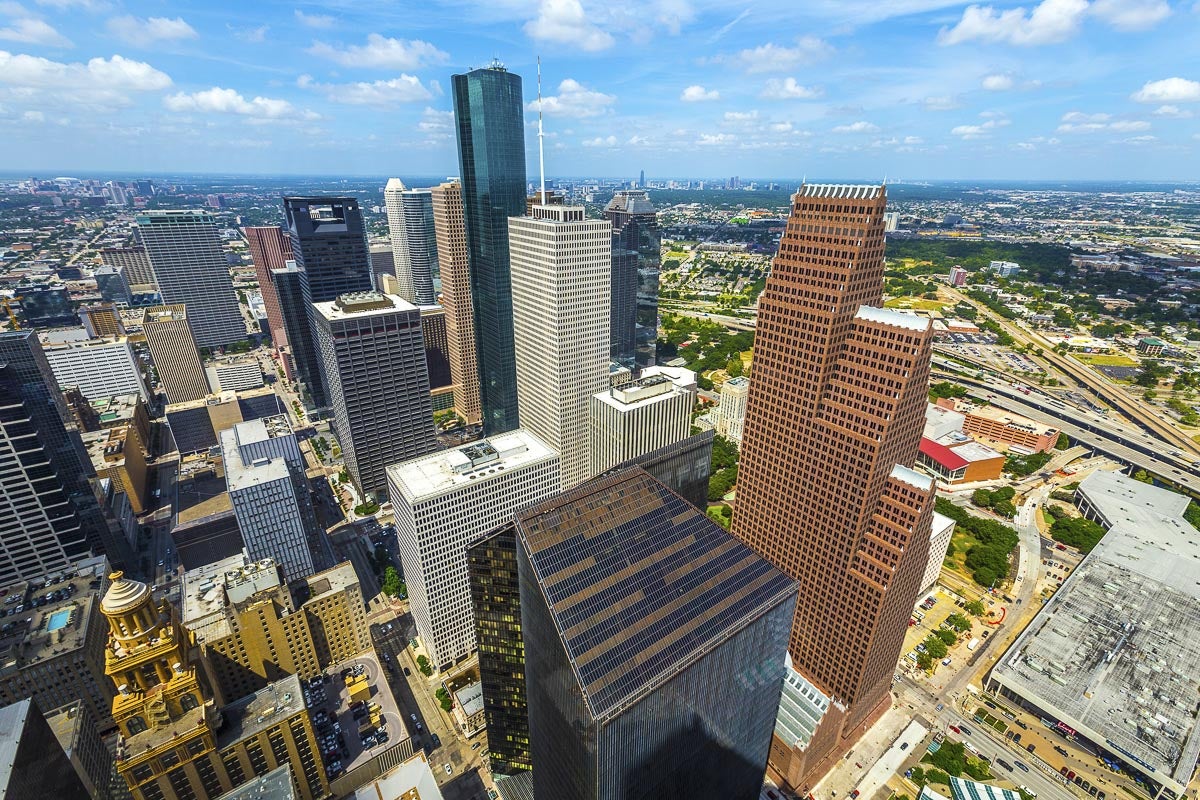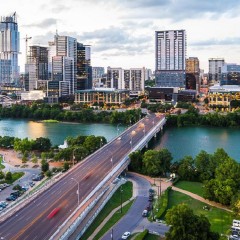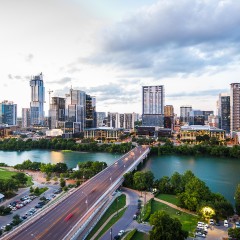This webinar explores findings from a report from the Kinder Institute on the urban Sun Belt – covering such topics as demographic change, the economy, housing, and sprawl. A panel discussion follows the presentation
The urban Sun Belt accounts for almost half of U.S. population growth – and large metropolitan areas in the Sun Belt are dealing with a specific set of issues that are different from the rest of the country. Yet U.S. urban policy rarely takes these differences into account. This webinar explores what a Sun Belt urban policy would look like and what next steps are needed to move toward creating that urban policy.
Panel Discussion
Henry Cisneros, former Mayor of San Antonio and Secretary of the U.S. Department of Housing & Urban Development
Marissa Aho, Chief Resilience Officer for the City of Houston and former Chief Resilience Officer for the City of Los Angeles
Wellington “Duke” Reiter, Executive Director, University City Exchange, Arizona State University and Founder, Ten Across initiative
Mary Newsom, former Director of Urban Policy Initiatives, University of North Carolina, Charlotte, Urban Institute.
Bill Fulton, Director of the Kinder Institute and former Mayor of Ventura, California (moderator)





